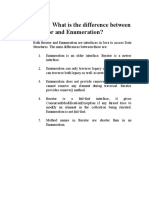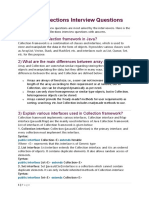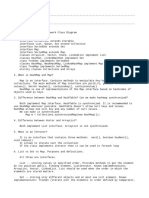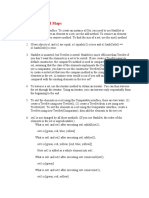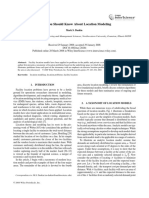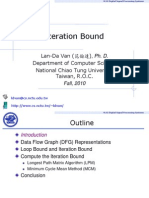0% found this document useful (0 votes)
20 views3 pagesBasic Level Questions
The document contains a comprehensive set of questions related to the Java Collections Framework, categorized into basic, intermediate, and advanced levels. It addresses key concepts such as the differences between various collection types (List, Set, Map), their implementations, and performance considerations. Additionally, it includes scenario-based coding questions to apply the knowledge practically.
Uploaded by
dotuyen174Copyright
© © All Rights Reserved
We take content rights seriously. If you suspect this is your content, claim it here.
Available Formats
Download as DOCX, PDF, TXT or read online on Scribd
0% found this document useful (0 votes)
20 views3 pagesBasic Level Questions
The document contains a comprehensive set of questions related to the Java Collections Framework, categorized into basic, intermediate, and advanced levels. It addresses key concepts such as the differences between various collection types (List, Set, Map), their implementations, and performance considerations. Additionally, it includes scenario-based coding questions to apply the knowledge practically.
Uploaded by
dotuyen174Copyright
© © All Rights Reserved
We take content rights seriously. If you suspect this is your content, claim it here.
Available Formats
Download as DOCX, PDF, TXT or read online on Scribd
/ 3
